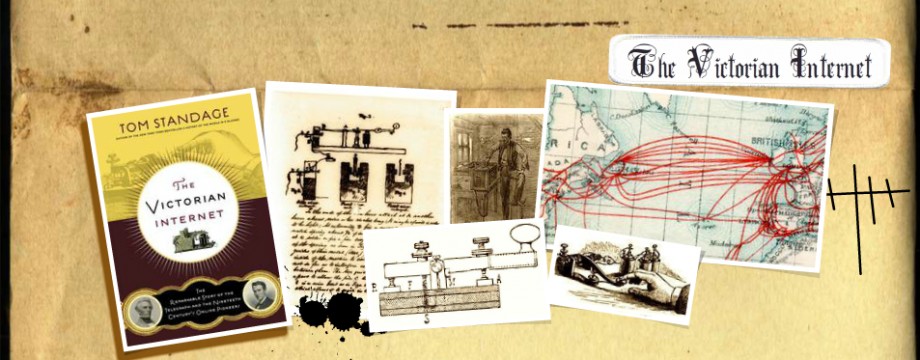CHAPTER 4
Telegraphy took off between 1846-1852. In the U.S over 23 000 miles were laid, with another 10 000 under construction. The famous pony express line was closed down as the telegraph was much faster. By 1850 there were over 2215 miles laid in Britain. Soon hundreds of political and commercial messages were sent per day. Other countries had also begun to lay down telegraph lines and links between countries begun to be established. The Prussia-Austria line in 1849 was the first inter-country line to go up.
With this rise in the popularity of the telegraph, sending and receiving messages became part of everyday life. These messages, known as telegrams, were very expensive. They were charged by the word and by the distant. As such, only the rich could afford to use the network to send trivial messages; most people used the telegraph only to communicate urgent news. Moreover, the telegraph was said to have a lot in common with online chat rooms. Abbreviations resulted from frequent communications between operators, and a telegraphic jargon emerged. Despite this rise in its use, people still didn’t quite understand how it worked and some even thought that physical items could be sent by the line.
Soon a new obstacle arose for the telegraphic: how to cross water. The English Channel was one of the first attempts at an underwater telegraphic line. John and Jacob Brett worked on designing a cable that was well insulated, heavy and didn’t break easily in order to make the underwater placement possible. Gulta-Percha was used as insulation. Initially the cable was too thin and floated. Subsequently four cables were wrapped together and this solution allowed the cable to stay submerged. In 1851 a successful telegraphic line had been laid across the English Channel.
None the less, limits to submarine Telegraphy remained. For instance, in Europe and Africa, the rough Mediterranean seabed posed a major barrier to be addressed.
